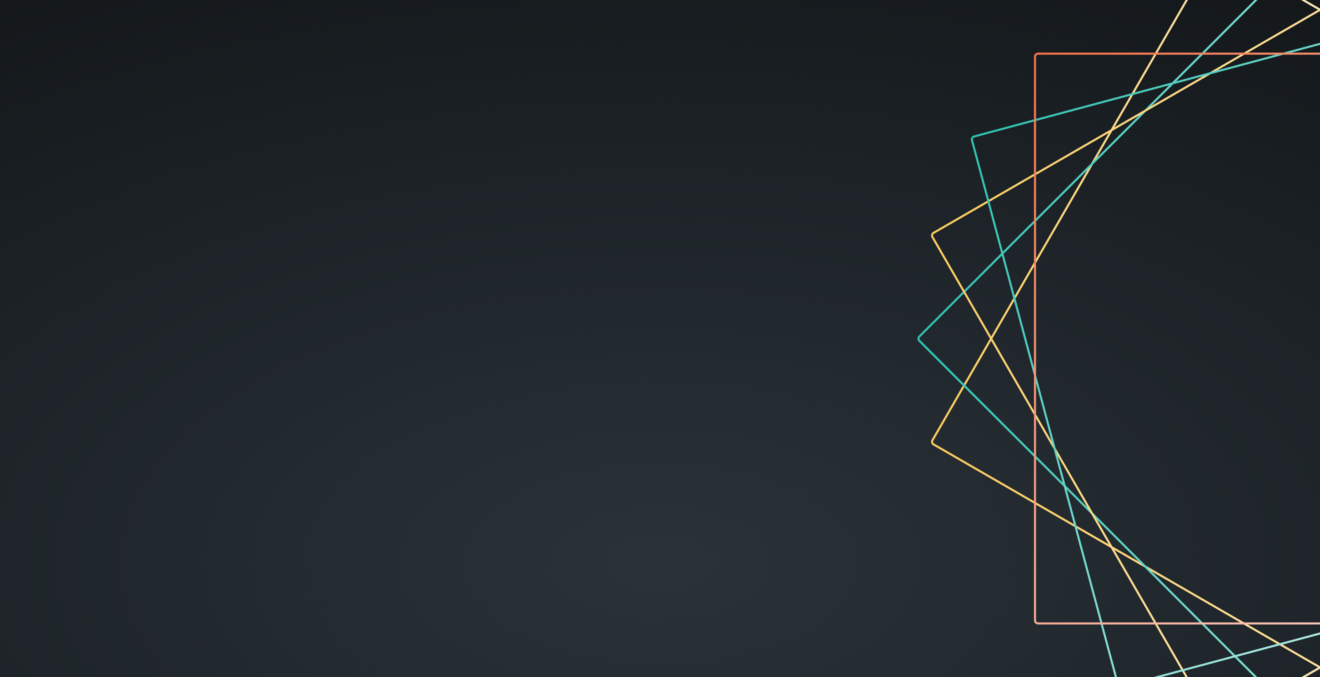The Maker Foundation Development Grants Program Sunsets
March 23, 2021

Composability is a feature of design wherein the various components of a system can be easily connected to form any number of satisfying results. Beautiful examples of composable infrastructure as code in software design are seen in Dai-integrated Decentralized Finance (DeFi) blockchain applications. The Lego-like building blocks of the Maker Protocol allow developers to quickly and easily construct financial solutions that offer the benefits of Dai, Maker’s decentralized stablecoin, to their users. By taking advantage of Maker’s Github library of open-source code, DeFi components can be used over and over or reconfigured as building blocks for further innovation.
Composability enables rapid iteration of products, which provides bottom-up growth. For composable platforms like the Maker Protocol, which allows users to generate Dai against collateral, and more, it’s all about the expansion of an open system and the power of network effect. Thanks to the use of the ERC20 token standard, any other ERC20 token can interact with Dai, allowing easy interoperability. Once a project is built on the Protocol, it becomes part of the Maker Ecosystem of dapps that offer a variety of products and services to DeFi consumers around the world.
The Lego analogy is often used to help explain composable infrastructure as code because most people are not only familiar with Lego products, but can also fondly recall their own creations. Like a child with boundless imagination and a new Lego set, a talented developer with Maker’s DeFi building blocks can create original financial solutions.
To understand why composability is such a big deal, and why it enables rapid innovation, consider the attributes that allow Lego to inspire so many:
The characteristics that enable the composability of Lego are also true for the composability of the Maker Protocol. That’s allowed developers to build on Maker—create new dapps on top of existing dapps. In turn, that helps build a more engaged community and provides greater liquidity for shared tokens like Dai.
The open-source nature of the blockchain makes sharing DeFi building blocks and users the default position, with mutual benefits for developers and users alike. Aside from enabling access and fostering transparency and trust, Maker’s open-source technology means that every DeFi application built on top of the Maker Protocol by one developer can be built upon by other developers. This not only allows for the creation of more decentralized applications, but also for exponential growth of the user base.
This ‘growth from a hub’ effect can be compared to a popular independent cafe on a bustling city street. The smart proprietor of that cafe not only benefits from the area’s foot traffic, but also buys supplies from the nearby supermarket, exhibits and earns a commission on paintings borrowed from the art gallery across the road, and features local musicians, who use the cafe’s stage to grow their audiences. The more reasons customers have to visit the cafe, the more attractive a center it becomes for new customers and even other businesses. With composability, everyone benefits from a virtuous cycle.
As noted earlier, the Maker Protocol enables users to generate the Dai stablecoin against collateral. But the entire Maker ecosystem has much more to offer. Maker’s ecosystem page, which features dapps created by the Maker Foundation and the community, is like an app store for Maker and Dai enthusiasts in which all the code is free. Here are just a few of the DeFi and other dapps you’ll find there:
Discover many more dapps on the Maker ecosystem page.
The composability and popularity of the Maker Protocol are helping the rapidly growing DeFi movement bring many changes to the financial services sector. The benefits of digital currency are coming to light for more and more people around the world, telling them that DeFi is open for business.
To learn all about building on the Maker Protocol, dig into MakerDAO’s developer documentation. Users can find out more about existing dapps and services that support Dai on the Maker ecosystem page.